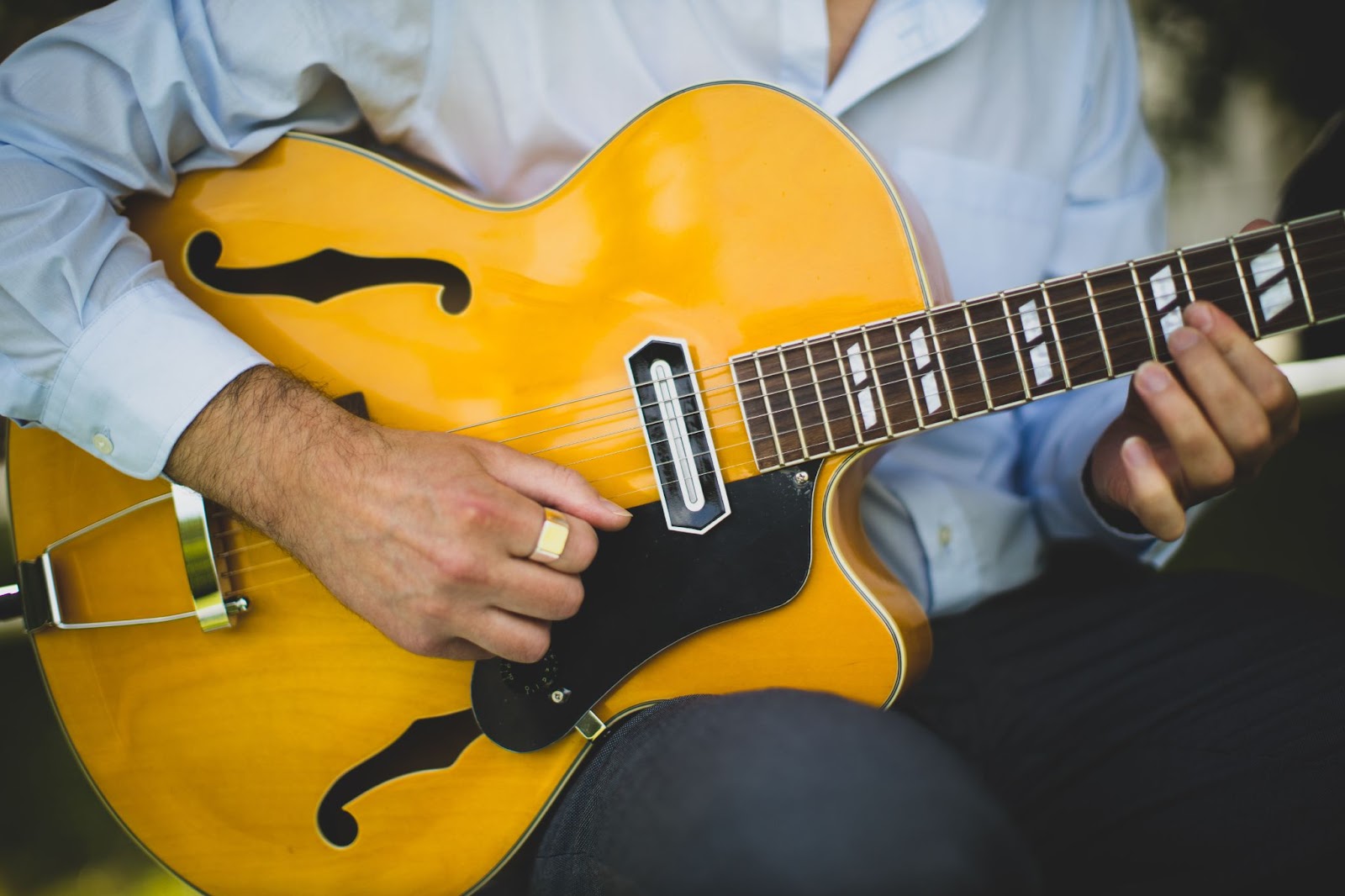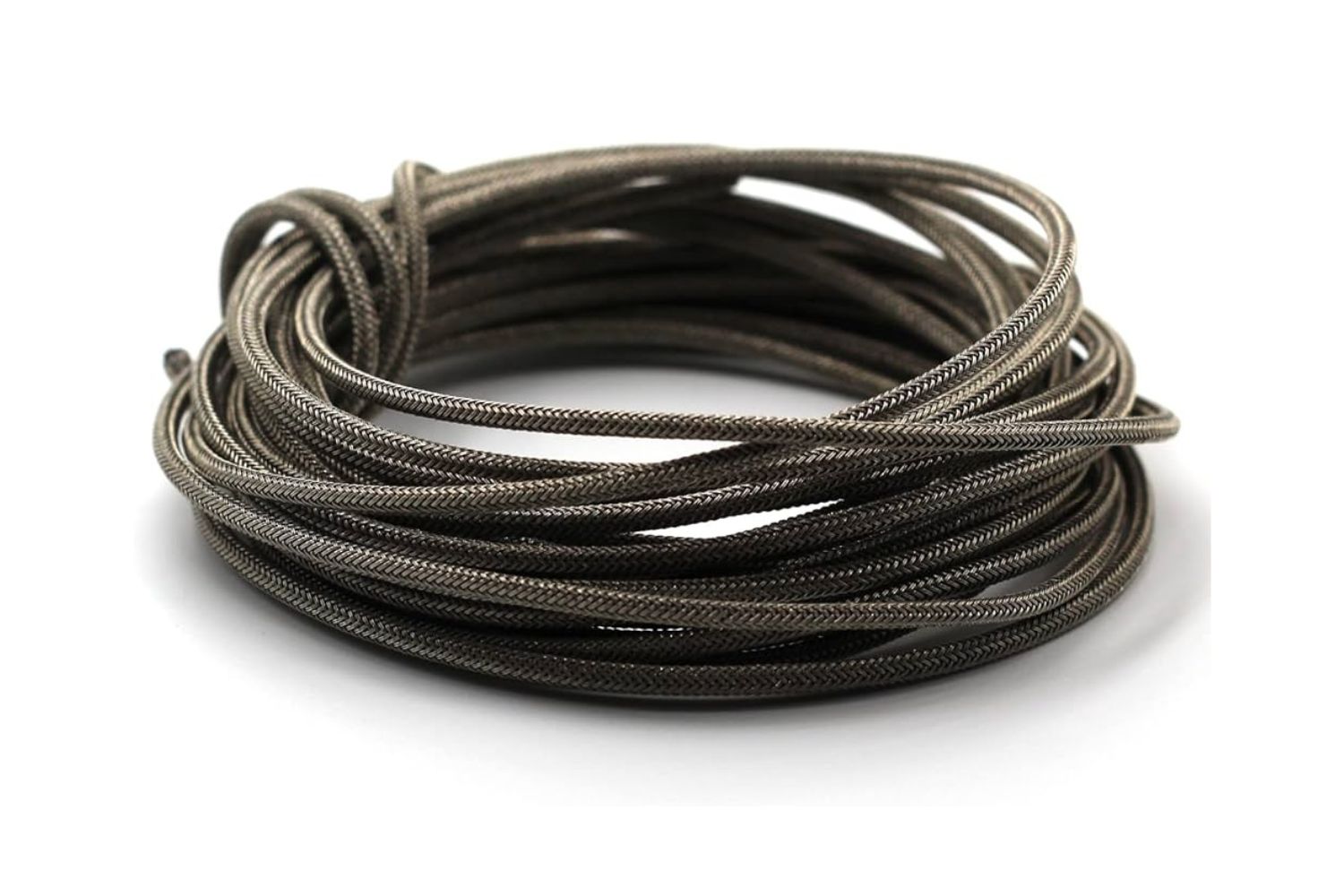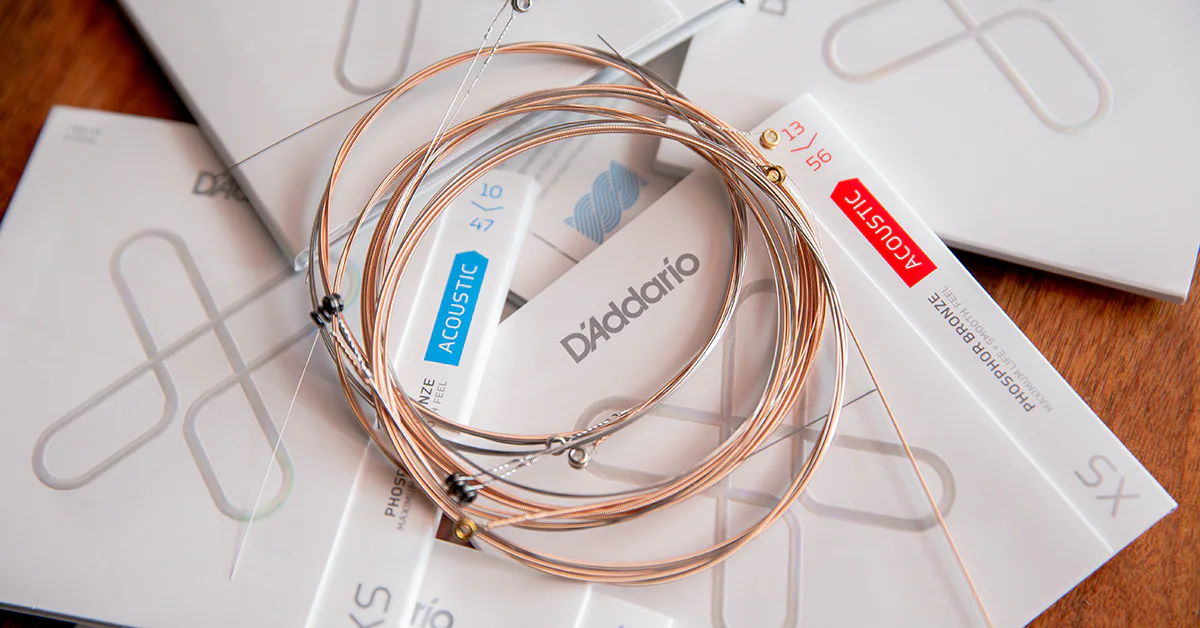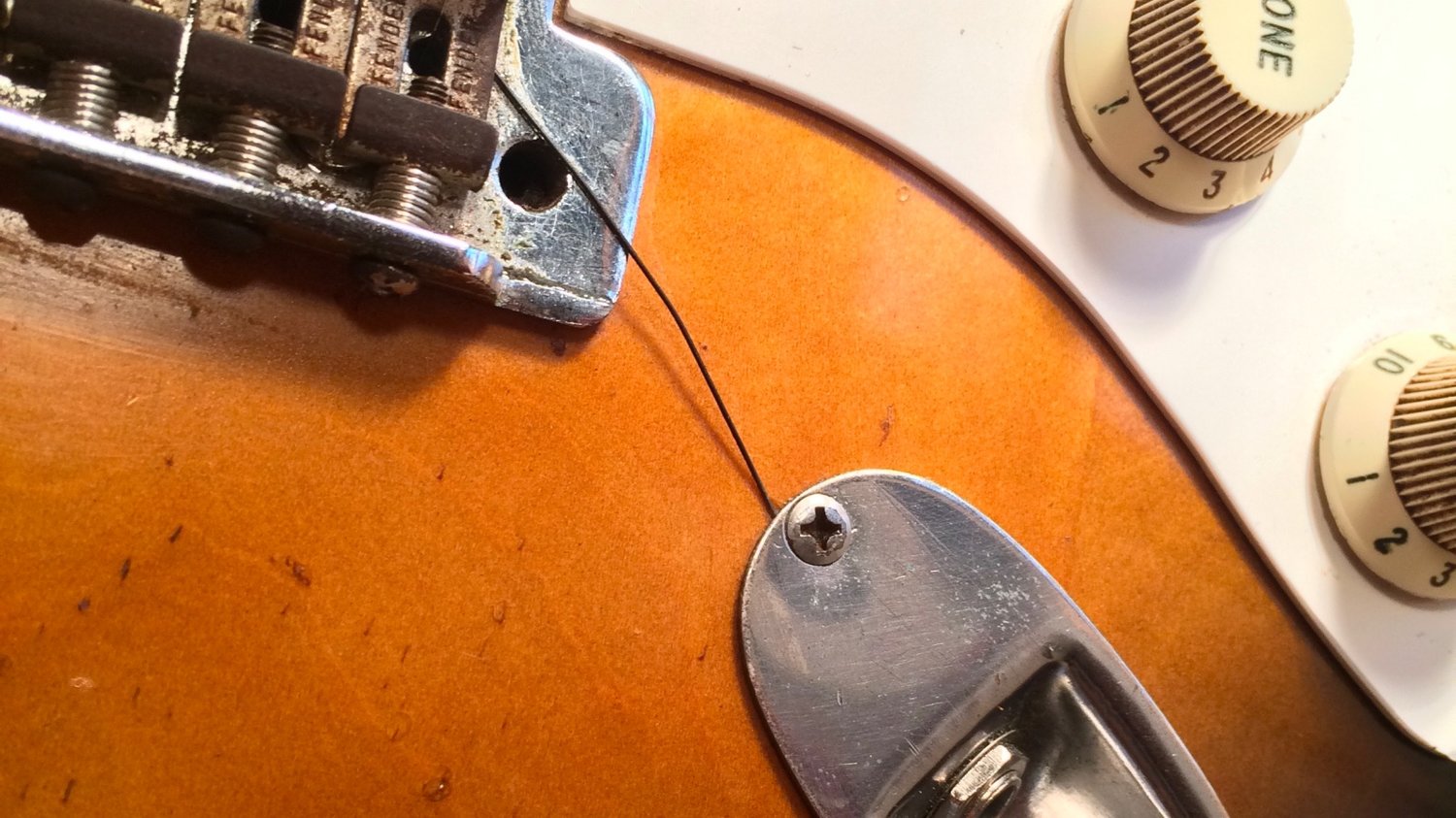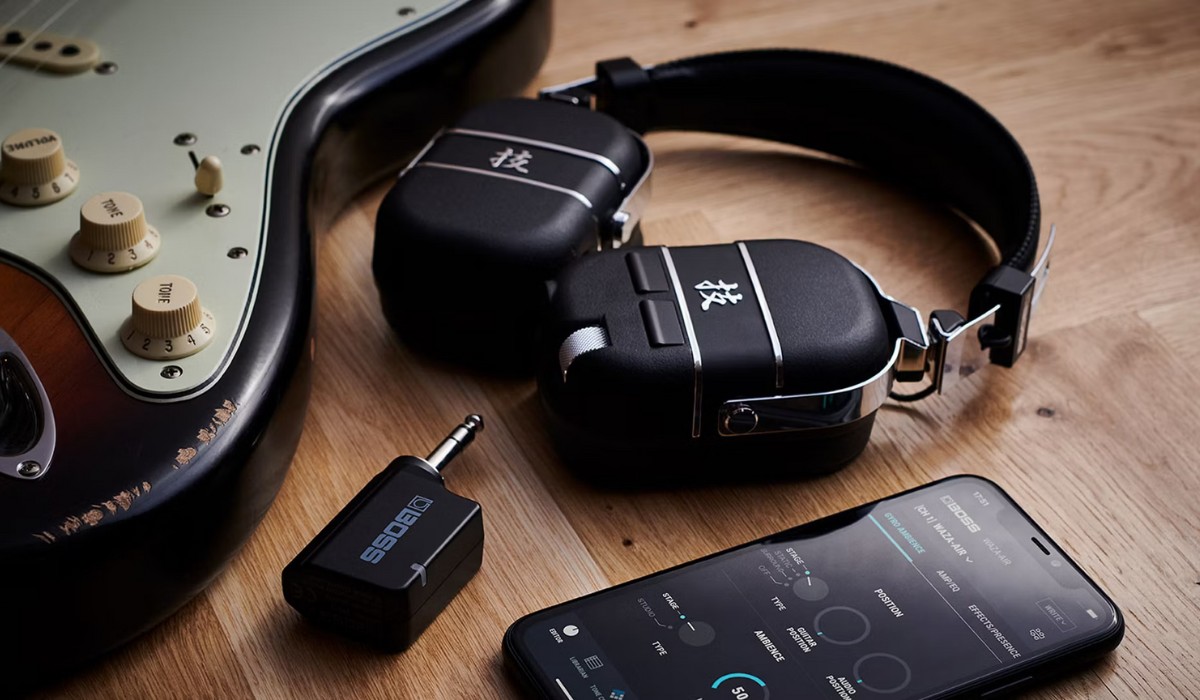Choosing the Right Strings
Choosing the Right Strings
When it comes to making your electric guitar sound better, selecting the right strings is crucial. The type of strings you choose can significantly impact your instrument’s tone, playability, and overall sound. Here are some key factors to consider when choosing the right strings for your electric guitar:
- Gauge: The gauge of a string refers to its thickness. Lighter gauge strings are generally easier to play and bend, making them ideal for lead guitarists and those who prefer a more effortless playing experience. On the other hand, heavier gauge strings produce a fuller, more resonant tone, making them suitable for rhythm guitar and genres that require a thicker sound.
- Material: Strings are commonly made from nickel-plated steel, stainless steel, or pure nickel. Each material offers its own unique tonal characteristics. For instance, nickel-plated steel strings tend to provide a bright and balanced tone, while pure nickel strings offer a warmer, vintage sound. Stainless steel strings are known for their durability and resistance to corrosion.
- Covering: Some strings feature a coating or covering designed to prolong their lifespan and maintain their tone. Coated strings are less prone to corrosion and may retain their fresh sound for a longer period, making them a great choice for players who want to minimize frequent string changes.
Ultimately, the right strings for your electric guitar depend on your playing style, musical preferences, and desired tone. Experimenting with different string gauges, materials, and coatings can help you find the perfect match for your instrument, allowing you to achieve the desired sound and playability that complements your unique style.
Adjusting the Action and Intonation
Adjusting the Action and Intonation
Ensuring proper action and intonation on your electric guitar is essential for achieving optimal playability and tonal accuracy. Here’s a closer look at these critical adjustments:
- Action: The action of a guitar refers to the height of the strings above the fretboard. Proper action adjustment can significantly impact the ease of playing and the overall feel of the instrument. High action can make fretting notes and chords more challenging, while excessively low action may cause buzzing and fretting out. Finding the right balance based on your playing style and preference is key to enhancing the playability of your electric guitar.
- Intonation: Intonation refers to the guitar’s ability to play in tune across the entire fretboard. Poor intonation can result in notes sounding sharp or flat as you move up the neck. Adjusting the intonation involves ensuring that each string’s length is correctly set so that the instrument plays in tune at various positions. This adjustment is crucial for achieving accurate pitch and harmonious sound across all frets.
Properly adjusting the action and intonation of your electric guitar can be a game-changer in terms of playability and tonal quality. Whether you prefer a lower, faster action for shredding or a slightly higher action for enhanced sustain and resonance, finding the right balance is essential for a comfortable and enjoyable playing experience. Similarly, achieving spot-on intonation ensures that your guitar produces accurate and harmonious notes throughout the fretboard, allowing you to play confidently in any musical context.
Upgrading the Pickups
Upgrading the Pickups
One of the most impactful ways to enhance the sound of your electric guitar is by upgrading its pickups. Pickups play a pivotal role in capturing the vibrations of the strings and translating them into electrical signals, ultimately shaping the instrument’s tonal characteristics. Here’s a closer look at the significance of pickups and the potential benefits of upgrading them:
- Tonal Enhancement: Upgrading pickups can lead to a significant improvement in the overall tonal quality of your electric guitar. Different types of pickups, such as single-coil, humbucker, and P-90, offer distinct tonal characteristics, allowing you to tailor your instrument’s sound to better suit your musical style and preferences. Whether you’re seeking a brighter, more articulate tone or a thicker, more aggressive sound, selecting the right pickups can profoundly impact your guitar’s sonic versatility.
- Noise Reduction: Higher-quality pickups often feature advanced noise-cancelling technology, reducing unwanted hum and interference while preserving the natural resonance of the instrument. This can be particularly beneficial in high-gain situations or environments with electromagnetic interference, allowing for a cleaner and more defined sound.
- Dynamic Responsiveness: Upgraded pickups can exhibit improved dynamic range and responsiveness, allowing for greater expressiveness and control over the instrument’s nuances. Whether it’s the ability to achieve nuanced cleans, articulate overdriven tones, or seamless transitions between various playing techniques, enhanced pickups can elevate the overall playability and musicality of your electric guitar.
Ultimately, upgrading your guitar’s pickups presents an opportunity to tailor its sound and performance to better align with your artistic vision and sonic preferences. Whether you’re aiming for a vintage-inspired, bluesy warmth or a modern, high-output aggression, selecting the right pickups can unlock new sonic possibilities and breathe fresh life into your instrument.
Using High-Quality Cables
Using High-Quality Cables
While often overlooked, the choice of cables can significantly impact the overall sound quality and reliability of your electric guitar setup. Opting for high-quality cables can make a noticeable difference in your tone and signal integrity. Here’s why using premium cables is essential for maximizing your guitar’s sonic potential:
- Signal Fidelity: High-quality cables are designed to preserve the integrity of the audio signal, minimizing signal loss and degradation. This is particularly crucial for electric guitarists, as the intricate nuances of their playing can be compromised by inferior cables. By investing in cables with superior signal fidelity, you ensure that the true character of your instrument and playing style is faithfully conveyed to your amplifier and other signal processing equipment.
- Noise Reduction: Premium cables are often equipped with better shielding and insulation, effectively reducing electromagnetic interference and extraneous noise. This is especially beneficial in live performance and studio settings, where a clean and noise-free signal path is essential for achieving pristine recordings and captivating live sound.
- Durability and Reliability: High-quality cables are constructed with robust materials and superior craftsmanship, offering enhanced durability and reliability. This means fewer instances of cable failure, intermittent connections, or physical damage, providing peace of mind during performances and recording sessions.
By prioritizing the use of high-quality cables in your electric guitar setup, you can ensure that your instrument’s true sonic potential is fully realized. Whether in the studio, on stage, or during practice sessions, the impact of premium cables on your tone, signal integrity, and overall playing experience is undeniable.
Experimenting with Different Effects and Pedals
Experimenting with Different Effects and Pedals
Exploring a diverse range of effects and pedals can profoundly shape the sonic landscape of your electric guitar, offering boundless opportunities for sonic experimentation and artistic expression. Here’s a closer look at the transformative potential of effects and pedals, and how they can elevate your guitar’s sound:
- Tonal Versatility: Effects pedals enable you to access a wide spectrum of tones, from lush reverbs and ambient delays to searing overdrives and modulated textures. By incorporating different effects into your signal chain, you can expand your sonic palette and craft a signature sound that reflects your artistic vision.
- Expressive Dynamics: Certain effects, such as wah-wah pedals, expression pedals, and volume pedals, empower you to infuse your playing with dynamic expression and emotive nuances. These tools allow for sweeping swells, dramatic filter sweeps, and seamless transitions between clean and distorted passages, adding depth and personality to your playing.
- Creative Soundscapes: Experimenting with ambient effects like reverb, delay, and modulation pedals can transport your guitar into expansive sonic territories, creating immersive soundscapes and atmospheric textures. Whether crafting ethereal soundscapes or adding subtle depth to your playing, these effects can imbue your music with a captivating dimensionality.
By embracing a diverse array of effects and pedals, you can unlock a wealth of sonic possibilities and breathe new life into your electric guitar performances. Whether seeking to add subtle embellishments, sculpt radical sonic transformations, or unleash blistering solos, the world of effects and pedals offers an endless playground for sonic exploration and artistic innovation.
Proper Maintenance and Cleaning
Proper Maintenance and Cleaning
Regular maintenance and cleaning are essential for preserving the playability, longevity, and overall performance of your electric guitar. By implementing proper care routines, you can ensure that your instrument remains in optimal condition while safeguarding its tonal integrity and structural integrity. Here are key considerations for maintaining and cleaning your electric guitar:
- String and Fretboard Care: Regularly changing strings and cleaning the fretboard is crucial for maintaining optimal playability and preventing premature wear. Cleaning the fretboard with a suitable conditioner can help nourish the wood and remove accumulated grime, while fresh strings contribute to a vibrant tone and responsive feel.
- Hardware Inspection: Periodically inspecting and tightening hardware such as tuning pegs, bridge components, and strap buttons can prevent potential issues and sustain stable tuning and intonation. Additionally, lubricating nut slots and bridge saddles can facilitate smooth string movement and tuning stability.
- Body and Finish Care: Protecting the guitar’s finish with appropriate polishes and cleaners can preserve its aesthetic appeal and safeguard it from environmental factors. Regularly wiping down the body and neck removes smudges, fingerprints, and sweat, preventing the buildup of grime and maintaining a pristine appearance.
By incorporating proper maintenance and cleaning practices into your guitar care routine, you can extend the lifespan of your instrument and uphold its sonic and visual allure. Whether it’s ensuring smooth playability, sustaining tonal vibrancy, or preserving the instrument’s overall aesthetic, attentive maintenance and cleaning are indispensable for any electric guitar enthusiast.
Finding the Right Amp and Settings
Finding the Right Amp and Settings
Choosing the appropriate amplifier and dialing in the right settings can profoundly influence the overall sound and character of your electric guitar. The amplifier serves as the conduit through which your instrument’s sonic nuances are amplified and shaped, making it a crucial component in defining your tone. Here’s a closer look at the significance of finding the right amp and optimizing its settings:
- Tonal Character: Different amplifiers impart distinct tonal characteristics, ranging from the warm, vintage-inspired tones of tube amps to the crisp, modern sound of solid-state or digital amplifiers. Selecting an amp that aligns with your sonic preferences and musical style can significantly enhance your guitar’s overall sound and responsiveness.
- Gain Staging and EQ: Understanding how to effectively utilize gain staging and EQ controls on your amplifier can empower you to sculpt your desired tone. Experimenting with various gain levels, EQ settings, and amp voicings allows you to tailor the sound to suit different playing scenarios, from clean and articulate to overdriven and aggressive.
- Effects Integration: Many amplifiers feature built-in effects, such as reverb, delay, and modulation, offering convenient tonal enhancements without the need for additional pedals. Learning to integrate these effects seamlessly into your amp settings can expand your sonic palette and streamline your performance setup.
By investing time in exploring different amplifiers and experimenting with their settings, you can unlock a world of tonal possibilities and discover the sonic characteristics that best complement your playing style and musical expression. Whether seeking vintage warmth, modern versatility, or high-gain aggression, the right amp and its tailored settings can serve as the cornerstone of your electric guitar tone.










